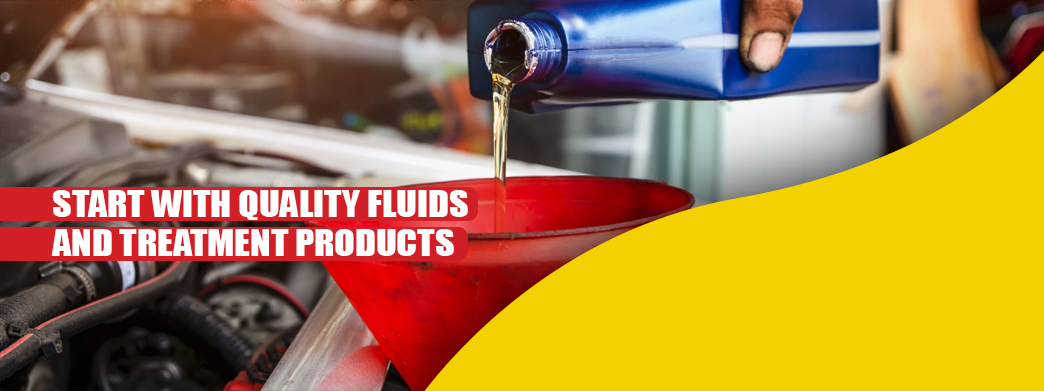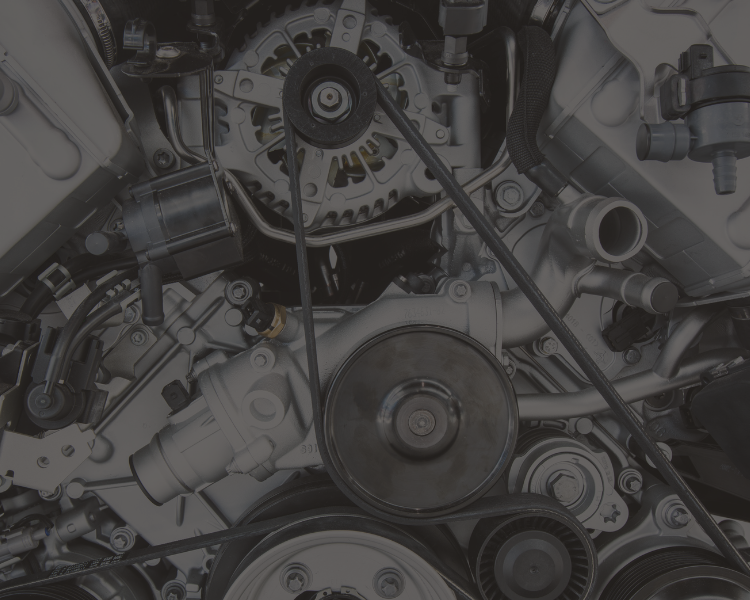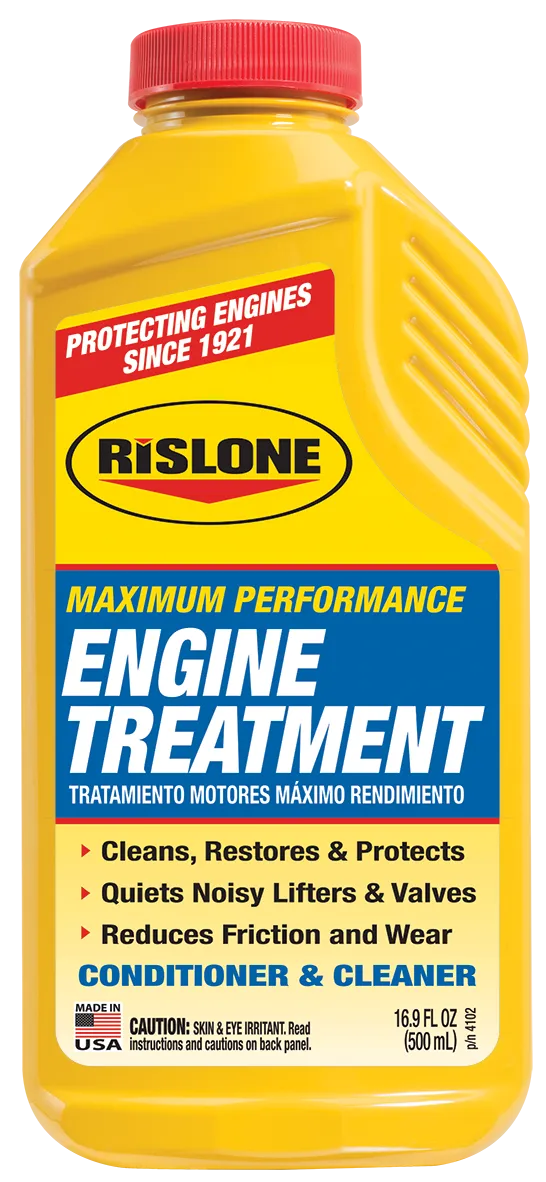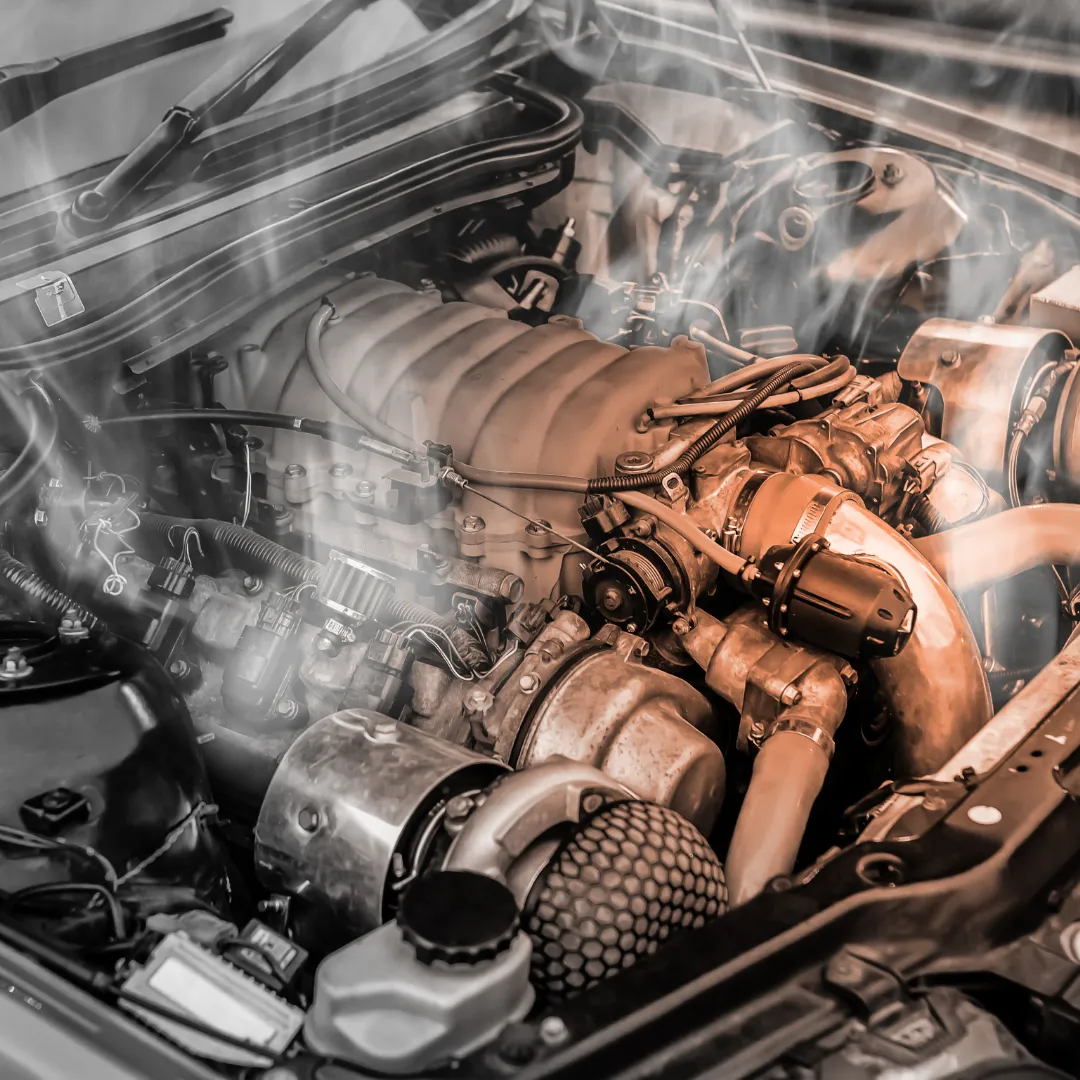How to Increase Engine Performance
Sometimes, it takes less effort than you might think when you want to increase engine performance. You don’t have to be a mechanic to get more power from under your car’s hood. Nor do you have to be into full-on racing to want to get your vehicle to perform better. Whether you commute through the city or take your car to the track, more power and better performance will make your ride better wherever you go. More power equals more fun.
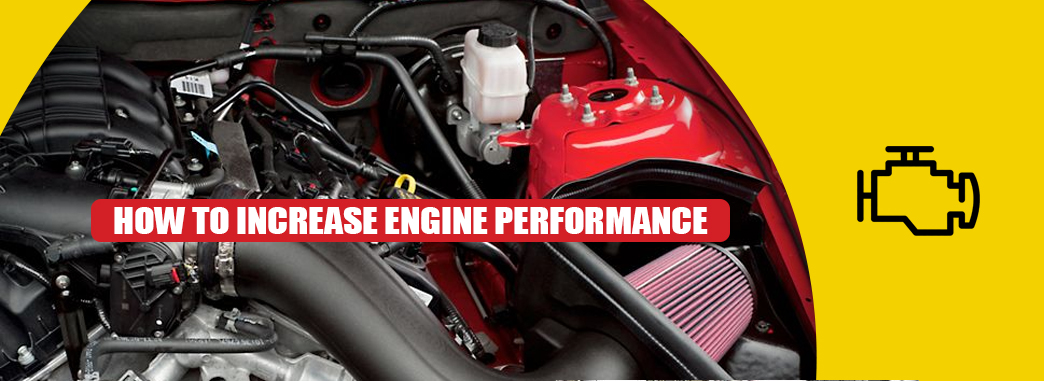
Understand Your Engine
When you need to increase power, you must understand how your engine works to know the best ways to boost its performance. Under the hood, the basic idea is that your engine mixes air and fuel to burn, which gives power. The better your engine moves cold air and fuel in and exhaust out, the better your torque and horsepower will be. Some seemingly trivial things you change in your engine are critical to powering your ride. Among these are available products that make it easier than ever to get the most torque and horsepower from your engine, whether you drive a sedan or a sports car.
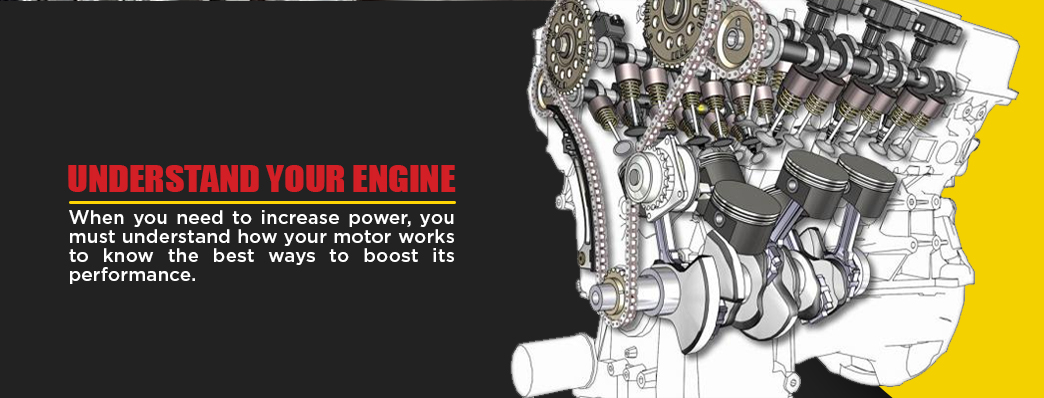
1. Use Synthetic Lubricants and Additives
Motor oil comes in conventional, synthetic and blend varieties. For longevity, durability and all-temperature use, choose synthetic. Synthetic lubricants have a chemical structure that allows them to perform better in your engine, offering superior lubrication over conventional oils. Conventional oils can break down too soon when the motor gets too hot, but synthetic oils don’t. Because they lubricate surfaces better in all temperatures and driving conditions, synthetic oils are a better choice for high mileage and performance vehicles.
To further improve the performance of whatever oil you use, use a proven additive with your oil, like the super-advanced Rislone Nano Prime Engine + Oil Performance Booster. This synthetic-formula additive cuts down on engine friction, which reduces heat, allowing it to run harder and longer with less damage. Its structure even enables it to repair small pits in the metal components of your engine. Unlike other oil additives that use bearing-damaging chlorine, Nano Prime does not have this ingredient, opting instead to use a patented formula that protects rather than harms your engine.
2. Check Your Ignition
No matter how much fuel and air your engine has available, if the cylinders don’t have the spark needed, your engine will no longer perform as it should. You need an ignition system that carefully times the spark plugs to get maximum performance from the engine. Spark mistiming will cause many problems, so if you are experiencing this, you may need to consult with a mechanic.
Most ignition systems will not send an error code to the vehicle’s computer unless a problem arises, but minor issues that can sap your engine of power can occur without you noticing. If you use a leaner air/fuel mixture with a larger proportion of air, you will need higher voltage to trigger ignition of each spark plug. To achieve the necessary energy, install an amplifier on your ignition system. The type you choose depends on whether you have a distributor coil that sends power through wires to the spark plugs or a coil-on-plug system that has the connections directly on the plugs. Single-channel amplifiers and new coils can upgrade the distributor system. For coil-on-plug systems, you may need a multichannel ignition amplifier.
3. Install Larger Throttle Body and Injectors
The throttle administers the required amount of air into the engine while the injectors deposit the perfect amount of fuel into the cylinders. A stuck throttle or clogged fuel injectors will ruin your day. If you need to know how to increase vehicle torque, look at your air and fuel supply systems.
The fuel injectors must stay clean. Sticking to the cheapest gas available could leave your fuel injectors with deposits that can drag down your engine’s power over time. Using a fuel injector cleaner like the one from Rislone that works in ULSD diesel, E85 gasoline and all unleaded gasoline engines removes carbon deposits from the fuel tank, lines and injectors, for a better performing vehicle. Using this treatment ranks among the easiest ways to increase engine performance. Check the fuel supply lines, too. If you need to burn more fuel in the engine, you will likely require larger fuel lines to deliver the necessary amount of gas.
The other part of the air/fuel mixture is the amount of air getting into the engine. The throttle controls the air flow by opening and closing to let in more air for better combustion. Appropriately sized, a larger throttle body could increase horsepower up to 25 hp. If the throttle body is too large, it could reduce your motor’s power. Balance is the key. For some throttle body increases, you may also need to get fuel injectors that put a higher volume of gasoline into the engine. Check the manuals on all new parts you install on your vehicle for specifics. If you want to pursue a project like this, internet forums for your specific model of car are generally very helpful, too.
4. Ensure Good Compression
As the miles on your car add up, your engine experiences aging in the form of wearing parts. Through this wear, you can lose compression pressure, which leads to reduced power and performance. You can repair the wear on your components and restore compression without taking apart the engine. Rislone Compression Repair seals leaks and helps restore your engine’s former compression and power. You will probably notice poor compression symptoms when you drive.
Use Compression Repair if your vehicle shows any of these typical signs of pressure loss:
- Drop in gas mileage: If you don’t change your driving habits, but your gas mileage has dropped, you could have worn engine parts that need attention.
- Oil level reduction: The oil level in your vehicle should be the same whenever you check it — always check oil while the engine is cold. A dropping oil level indicates a leak somewhere in the system.
- Blue exhaust smoke: An engine that does not burn fuel thoroughly likely has compression loss. Sealing leaks can restore the compression.
- Engine noise: Your engine may not run silently, but unusual noises indicate a problem. If you notice sound accompanied by other signs of compression drop, consider Compression Repair fluid.
If you take your car to have a mechanic adjust compression, you may have to switch to high octane gasoline, which can compress more than lower octane fuels without causing engine problems. Another way to help your engine without using high octane fuel is to add Rislone gasoline treatment, which can boost your octane rating by one full number.
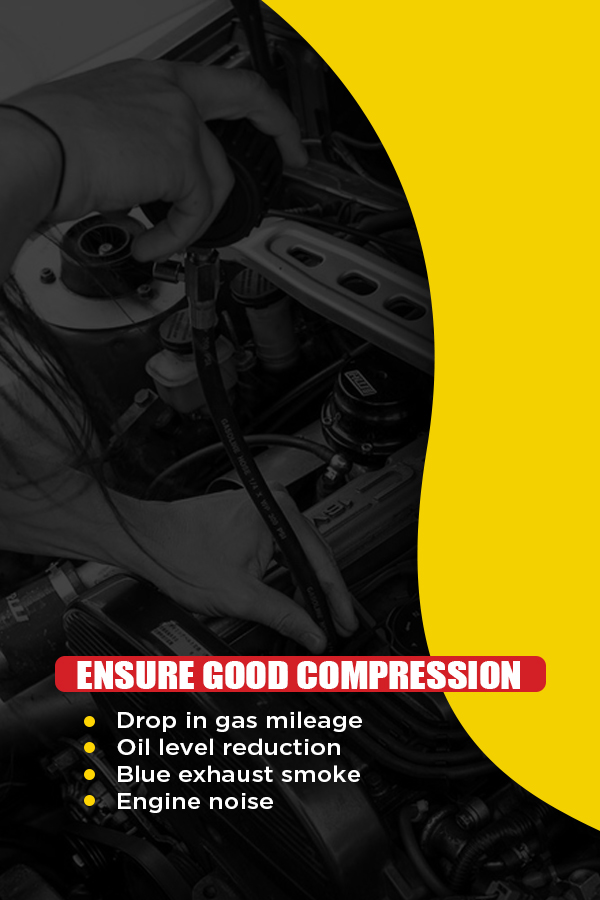
5. Implement a Cold Air Intake (CAI)
The science behind cold air intake systems is the principle that air increases in density as its temperature decreases. Denser air can burn the fuel better, increasing power. When you install a cold air intake system, it includes a new air filter. The new filter may look strange because it will be much larger than the stock air filter, up to three times larger.
Cold air intake systems also straighten out the path air follows to get to the engine. Curves cause the air to slow down and swirl as it moves through the turns. By removing the convolutions in the pipes, the system allows air to reach the engine more quickly.
6. Replace Your Exhaust Manifold With Real Headers
Getting exhaust away from your engine block and out of your vehicle is an essential piece of the power puzzle. The manifolds are interconnected tubes that direct exhaust from each cylinder to a single outlet. The problem with manifolds is their design. Backpressure from hot exhaust reducing outflow can reduce power. However, if you replace the manifolds with exhaust headers, you will eliminate this problem. Headers pull exhaust away from each cylinder individually. Only after the pipes are away from the engine do they funnel together into a single collector. Most vehicle manufacturers install manifolds because they cost less to build and install. Lower costs sacrifice engine peak ability.
Replacing the manifold with exhaust headers is a bolt-on task generally those with intermediate skills can accomplish. If you have already done everything possible and still want to draw more power from your engine, install exhaust headers. You will get rid of backpressure and help your engine become more efficient by replacing the manifold. (Plus it sounds way better, and that’s a nice side benefit.)
7. Use Forced Induction (aka Power Adder)
You may know forced induction under its other names, supercharging and turbocharging. The gist behind a supercharger is that it connects to your engine’s crankshaft via belt and pulley system. When your engine runs, the crankshaft turns, which is connected the belt attached to the supercharger. The charger then spins much faster than the motor — up to 50,000 RPM — to push air more forcefully into the motor. With a supercharger, your engine will burn more fuel and create a boost situation (regular cars always operate in a state of vacuum). More air (via boost) means you get more power. With a supercharger, your engine could increase its horsepower by 50-200 hp, depending on the size of your engine and what size supercharger you choose. Torque could increase as much as 50 percent.
A variation of the supercharger is the turbocharger. Despite the close names of supercharger and turbocharger, a turbo operates differently. The outgoing exhaust gasses power the turbocharger, making it a highly efficient option that uses a resource that’s already there (the exhaust). However, until your engine builds enough RPMs (revs), you won’t feel the turbo kick in, which is a condition called turbo lag. Superchargers, on the other hand, are directly connected to the engine’s crankshaft to increase power as soon as you press the accelerator. Superchargers are more instantaneous, but in many cases turbos can be set up to deliver more boost (measured in PSI or BAR) than most superchargers.
8. Maintain Your Vehicle
If you want to know how to increase vehicle horsepower, maintaining your engine will be the first step. Caring for your engine will help it reach its potential. However, if you fail to keep up with changing the oil and checking parts that wear out, your efforts to increase engine performance will be wasted. Even the best additives will not improve your engine’s operations much if used with bad gas or poor quality oil.
Keep your engine’s filters clean by replacing them regularly. A clogged filter, whether for oil, fuel or air, reduces the efficiency of your motor. Dirty oil from neglecting oil changes will also drag down your engine and open it up for potential damage. Check your vehicle’s owner’s manual for the recommended intervals for maintenance. Remember, fluid treatment products work best with clean oil and quality gasoline. They cannot make up for neglect. Though our ZDDP Engine Oil Supplement protects your engine at startup and reduces wear (especially in older cars, hot rods and cars with flat-tappet engines), it cannot correct problems from using dirty oil.
9. Upgrade Your ECM (Electronic Control Module) Software
Your engine’s computer (ECM) keeps track of the all onboard systems and balances performance, efficiency and emission control. Most later model vehicles with onboard computers can accept performance chips or re-tunes (but these could void your warranty, so check with your dealer if you are looking at options like this). If you have any computer or electronics experience, you can install or program one of these upgrades yourself. The chips override the original settings of the engine’s computer, allowing you to increase power, torque, performance and more.
10. Lighten the Load
Think about how tired you became when you carried a heavy load. You probably didn’t have enough energy to move the weight as you normally could. The same thing happens to your car when you keep a lot of extra items inside it. If you’ve ever wondered how to maximize your car’s engine, start by cleaning out the trunk and interior. If it’s a valid trick for race cars, it’ll work for you too.
To make your car perform better, lighten it up. The more weight your car hauls, it’s obvious that the harder your engine must work to perform. By removing extra gear from your trunk and interior, you can help your engine – and performance. Remember that a lot of performance comes from a car’s power-to-weight ratio. What’s faster – a 700 HP car that weighs 6000 lbs or a 190 HP car that weighs 1800 lbs? Answer: the lighter car is likely faster, with all other variables being the same. Horsepower numbers do not always tell the story.
Depending on how dedicated you are to improving performance, you could use acrylic or plastic windows instead of traditional glass and take out the back seats. Even if you drive an SUV or a van, most newer models allow you to pull chairs from the rear to increase storage space. Taking out these seats could help you get more performance from your car.
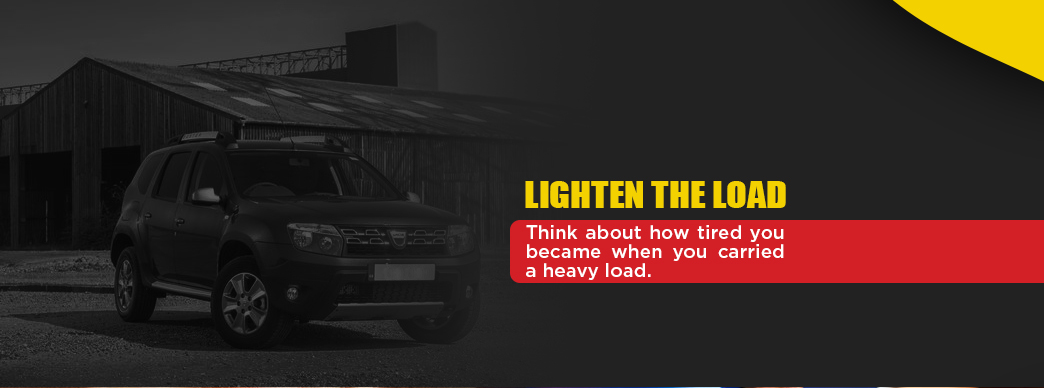
Start With Quality Fluids and Treatment Products
Knowing how to maximize your car’s horsepower is the first step. The easiest way to get started requires using high-quality fluids and additives in your engine all the time. These are the lifeblood of any high-performance engine. The quality of your engine oil and gasoline make a difference in your vehicle’s performance, and that’s why you will find car nerds arguing about oil and gas endlessly in auto enthusiast forums. Our treatment formulas can also help by making even conventional oil and lower-octane gas function like higher quality products. We also have products to remove deposits to help your older (or neglected) engine perform like new. We’ve been doing this for almost 100 years, and we know a thing or two.
With Rislone treatment fluids, you get a one-and-done means of enhancing power. You don’t necessarily have to be a mechanic to get more out of your engine. Check out our product line at your nearest retailer. If you have any questions about Rislone or our products, contact us through our convenient online form. With our proven products, anyone can have a better-performing engine.
